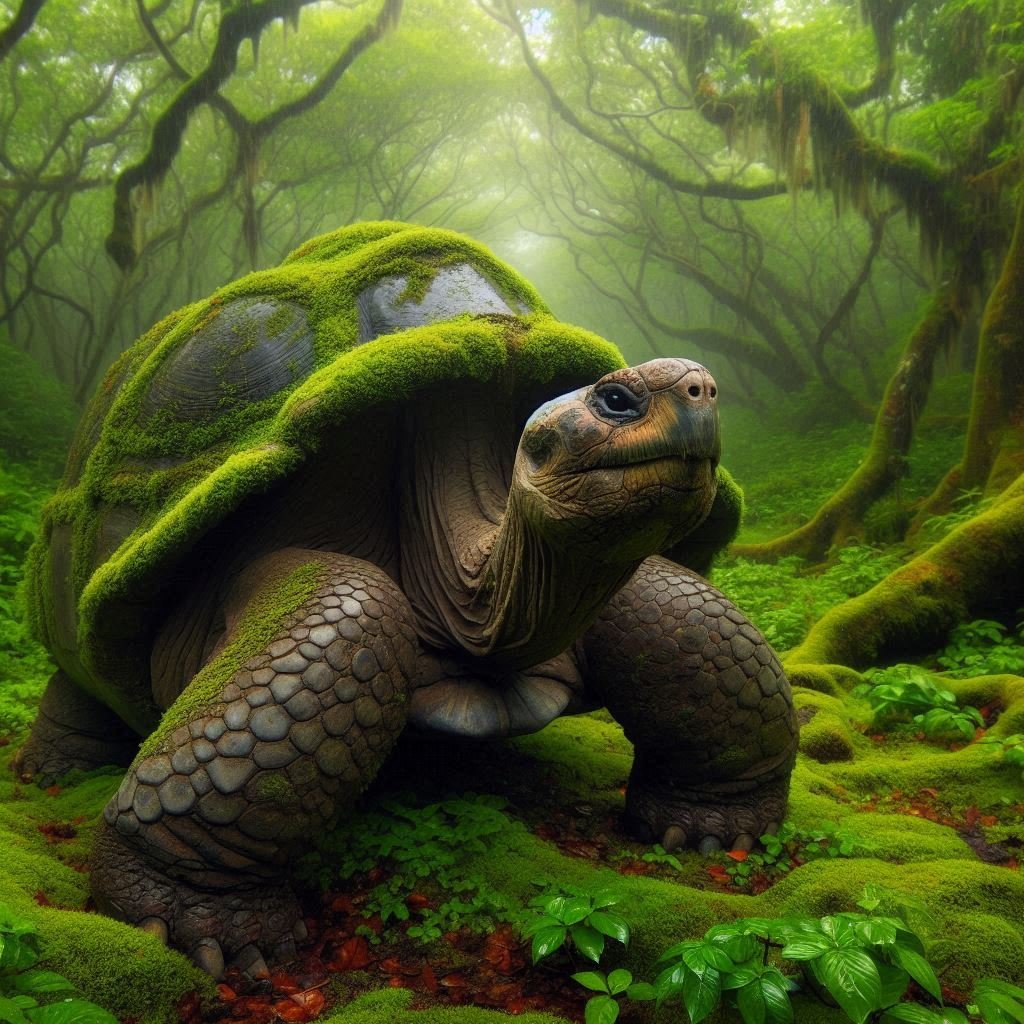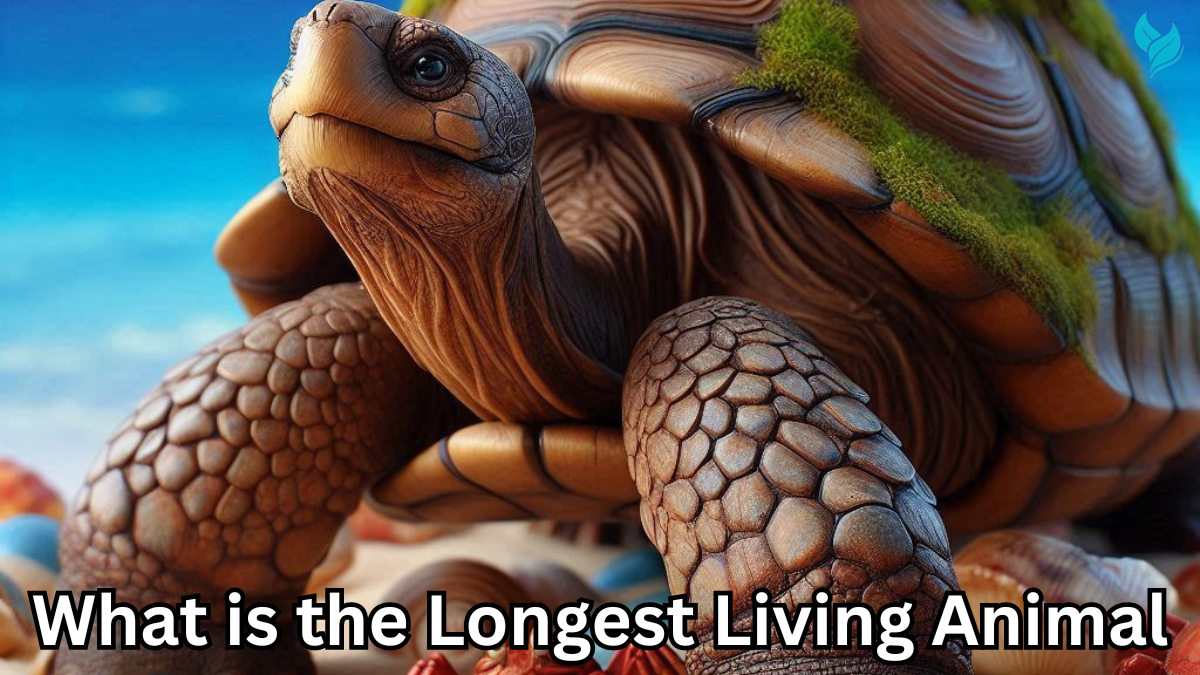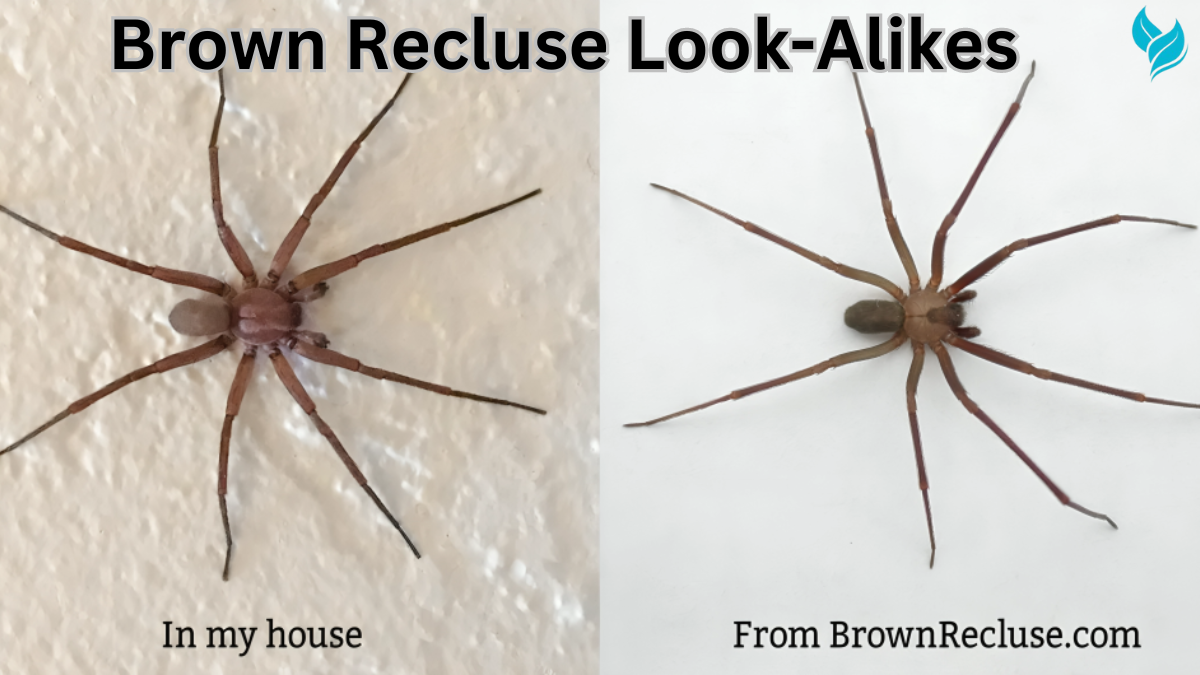When we ponder the wonders of nature, one of the most fascinating topics is longevity in the animal kingdom. Different species have developed incredible ways to survive for centuries, far surpassing the typical human lifespan. But what is the longest living animal? The answer isn’t as straightforward as it might seem. Many creatures hold claims to astonishing longevity, and some of their lifespans can boggle the mind. In this article, we will delve into the remarkable lives of these creatures, exploring how they manage to live for such extraordinary periods.

Understanding Animal Longevity
Before diving into the specifics of what is the longest living animal, it’s important to recognize the different factors contributing to long lifespans in animals. Longevity in animals is influenced by a variety of factors, including:
- Habitat: Animals in stable, low-risk environments tend to live longer due to reduced predation.
- Metabolism: Species with slower metabolic rates generally have longer lifespans.
- Evolutionary Adaptations: Some animals have developed specific adaptations to resist aging and disease.
Now, let’s take a look at some of the most long-lived animals on the planet.
Top 5 Longest Living Animals
The Immortal Jellyfish (Turritopsis dohrnii)
The title for the longest living animal is often awarded to the “immortal” jellyfish, Turritopsis dohrnii. This small, transparent jellyfish has a unique ability to reverse its life cycle. When injured or threatened, it reverts to its earlier polyp stage, essentially starting its life over again. This process can, in theory, continue indefinitely, making this species effectively immortal under the right conditions. While its maximum lifespan is technically unbounded, it’s still a subject of scientific research, and the immortal jellyfish has yet to reach the limits of its potential.
Ocean Quahog (Arctica islandica)
The ocean quahog, a type of deep-sea clam, holds the title for the longest confirmed lifespan among non-colonial animals. These clams can live for more than 500 years. The oldest known specimen, nicknamed “Ming,” was found to be 507 years old. Ocean quahogs have slow metabolic rates and thrive in cold waters, which helps explain their longevity. Their shells also provide a historical record of climate change, making them valuable to scientists beyond just their remarkable age.
Greenland Shark (Somniosus microcephalus)
The Greenland shark is another strong contender for the title of the longest living animal. Recent studies suggest that these sharks can live for over 400 years, with some estimates going as high as 500 years. These slow-moving sharks inhabit the cold waters of the North Atlantic and Arctic Oceans, where their slow metabolism and cold environment likely contribute to their extraordinary lifespan. Greenland sharks don’t reach sexual maturity until around 150 years of age, showcasing just how slow their life processes are.
Bowhead Whale (Balaena mysticetus)
The bowhead whale is the longest-living mammal, with lifespans of over 200 years. This Arctic whale species has been discovered with harpoon tips from the 19th century still embedded in its skin, proving that individuals have lived for more than two centuries. These whales have specific genetic adaptations that contribute to their longevity, including enhanced DNA repair mechanisms and the ability to resist the buildup of harmful mutations over time.
Aldabra Giant Tortoise (Aldabrachelys gigantea)
Tortoises are known for their impressive longevity, and the Aldabra giant tortoise is no exception. One famous individual, named Adwaita, lived to be at least 255 years old. These tortoises are native to the Aldabra Atoll in the Seychelles, and their slow metabolism and sturdy constitution allow them to live for well over a century. Other species of tortoises, like the Galápagos tortoise, also have similar lifespans, often living for 100 to 150 years in the wild.
How Do These Animals Live So Long?
Many factors contribute to the extended lifespans of these animals. Here are some of the key reasons:
Slow Metabolism
A common factor among long-living animals is a slow metabolism. Slower metabolic rates mean less oxidative stress on the body, which reduces cell damage over time. Animals like the Greenland shark and the ocean quahog have exceptionally slow metabolisms, allowing them to age much more gradually than creatures with faster life cycles.
Environmental Stability
Animals in environments with fewer predators or lower environmental stress tend to live longer. For example, ocean quahogs and Greenland sharks thrive in deep, cold waters, where they are less likely to face predation or human interference.
Unique Genetic Adaptations
Some animals have evolved remarkable genetic adaptations that directly affect aging. The bowhead whale, for instance, has a unique genome that includes genes responsible for enhanced DNA repair, which helps the whale avoid the typical cellular damage that occurs with aging.
Minimal Reproductive Pressure
Many long-lived animals reproduce slowly and infrequently. For example, the Greenland shark does not reproduce until it is about 150 years old. This lack of reproductive urgency reduces the wear and tear on their bodies, contributing to their longevity.

FAQs
1. What is the longest living animal in the world?
The title of the longest-living animal often goes to the immortal jellyfish (Turritopsis dohrnii), which can theoretically live forever by reverting to its juvenile state under certain conditions. However, for confirmed lifespans, the ocean quahog clam (Arctica islandica) holds the record, with specimens living over 500 years.
2. How long can a bowhead whale live?
The bowhead whale can live over 200 years, making it the longest-living mammal on Earth. Some individuals have been found with 19th-century harpoon tips in their bodies, proving their extraordinary lifespan.
3. What animal has the longest lifespan in the ocean?
The ocean quahog (Arctica islandica), a species of clam, holds the record for the longest lifespan in the ocean, with individuals living for over 500 years.
4. Do tortoises live longer than other land animals?
Yes, tortoises are among the longest-living land animals. The Aldabra giant tortoise, for example, can live over 200 years. Other tortoise species, such as the Galápagos tortoise, often live more than 100 years.
Conclusion
In the quest to answer what is the longest living animal, we’ve explored a wide range of creatures that have evolved to survive far beyond human expectations. From the immortal jellyfish to the ancient ocean quahog, these animals showcase the diverse and fascinating ways that life on Earth can stretch the boundaries of time. Understanding their lifespans helps us appreciate the resilience and adaptability of life on our planet.











